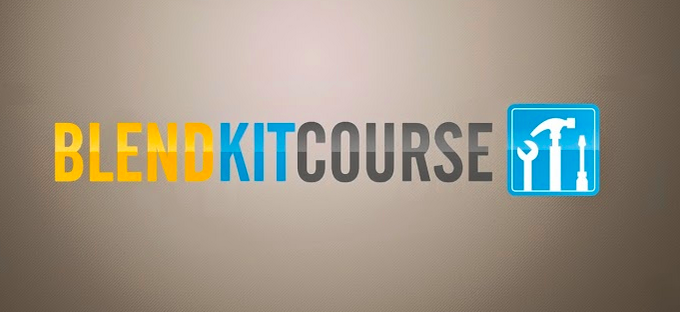Blended courses should integrate the face-to-face with online work. The course should feel like a cohesive whole, rather than two separate courses.
In Week 4’s BlendKit 2017 Reader, the emphasis is on merging the work done face-to-face with the work done online. Rather than feeling like two separate courses, the work done in each modality should feel cohesive to the students. The question is how. I will discuss my strategies for managing this within the context of my blended introductory computer programming course.
I plan to structure my course using a “flipped classroom” model, where students watch introductory material and complete practice exercises at home, and then come to class prepared to complete activities based on that material. By structuring the course this way, the activities that students complete at home will directly relate to classroom activities, rather than feeling like simple busywork.
Having designed my face-to-face version of the course using modules that span several weeks at a time, I think I will structure each “week” within those modules with both the face-to-face and online components clearly labeled. I will create lecture videos to introduce concepts of programming, such as variables, in an engaging way. From there, either in the same video or another, I will then proceed to explain the technical side of the concept (i.e., how do you use variables in programming?) by recording my screen with voice-over, similar to this YouTube clip discussing the if-else statement in Java (also shown below).
